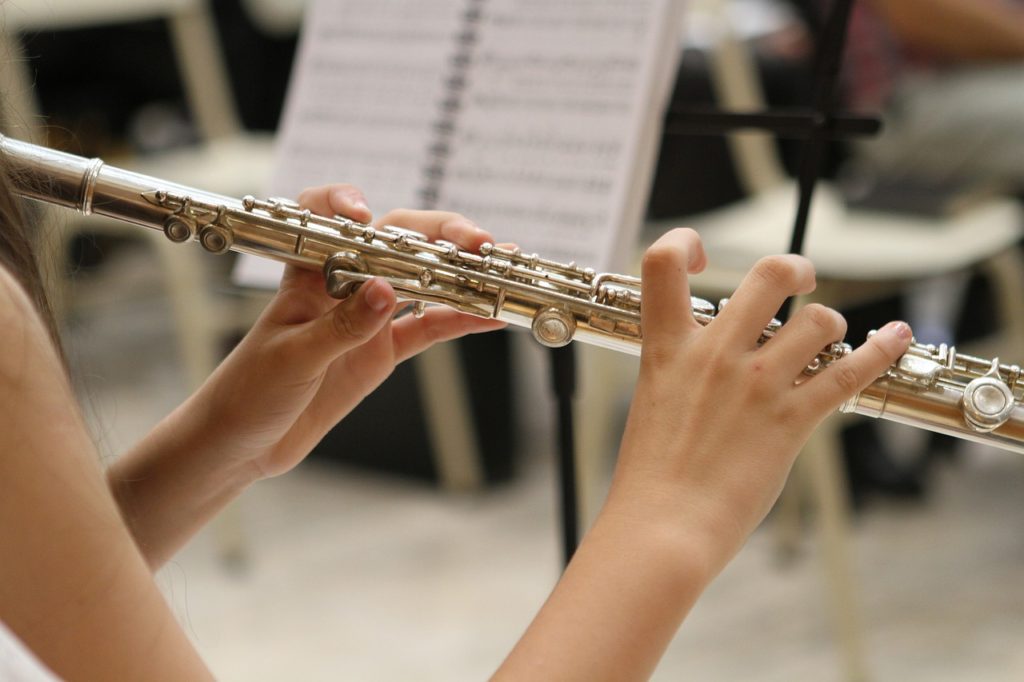Estimated reading time 4 minutes
Table of Contents
Introduction
Has your child or student shown readiness to move on from color coded music notes? The How to Graduate from Color Coded Music Notes series will explain how it works. Read more to learn how to transition from the color coding to the clef mnemonics, empowering students to graduate from the color coded sheet music.
Today’s post is part 2 of our 5-part series:
- The first post, How to Graduate from Color Coded Music Notes, talked about using contour lines as the first step to playing color free music.
- Part 3 of the series will deal with (what I call) edge notes
- Part 4 will talk about ledger lines
- Finally, part 5 will discuss how to effectively use flash cards with LD, autistic, and special needs students.
This article uses technical terms. For definitions, see the Glossary at the end of the post.

Color Coding Review
Before I show you how to graduate from the color coded sheet music, we need to review how the color score works. Start by reading these posts:
- Playing the Piano with Color Coded Notes
- Playing Piano with Color Coded LH Notes
- How to Color Code Guitar Tab for LD Achievement
- How to Color Code Music Notes for LD & Special Needs Distance Learning
- How to Color Code Rhythm to Empower LD & Special Needs Students
- Color Coded Quarter Note Clapping
This link talks about the science behind color coding music:
How Long Does It Take to Graduate from the Color Coded Sheet Music?
You might be wondering how long it takes to graduate from the color coded sheet music. It really depends on the student and the instrument studied. Click here for a discussion of how long it generally takes for each instrument family.
Bridging from Color to Clef Mnemonics: The Second Step in Graduating from the Color Coded Sheet Music
Traditional Clef Mnemonics
- Customarily, music teachers use cute and funny sayings, called clef mnemonics, as memory aids when learning notes on the staff. For many students this works well. However, many others find them more confusing than helpful.
- In addition, the mnemonic for the treble clef spaces, FACE, places an absolute limit on how young you can teach the treble clef.
- Mnemonics relying on information stored in long term memory to allow the brain to chunk data into meaningful memory aids. If the info hasn’t yet been stored in long term memory, it can’t be used as a mnemonic.
- Most kids will learn the word face sometime in the first grade or early in the second grade. This makes using FACE for the space notes problematic for young children. Also, if a student is preliterate or has LD and can’t read well, this mnemonic just will not work at all.
- Therefore, color coding the score works as a channel to reading music. It’s a powerful multisensory strategy that can work wonders for reluctant readers.
- Once the students have mastered reading the score using colors, it sets them up to be able to use the contour lines and clef mnemonics to graduate from the color coded sheet music.

Transitioning from Color to Clef Mnemonics
Mobile users: for best results reading the music, tilt your screen 90o to the right.

- Basically, you need to create a bridge from the colors to the clef mnemonics. Look at the example above, you can see that the first letter of each mnemonic word has been colored.
- This helps the student to understand the relationship between the colors and the clef mnemonics. This in turn helps the student to read the skips without colors.
- If the students get confused, try having them count up the lines or spaces from the bottom of the staff in question on the mnemonic sheet. For example, Good is the second line up on the treble staff.
- Contour lines (see the example below) help the student to effectively read steps on the staff. In addition, most students find using the contour lines easier than using the clef mnemonics.
- It can be used as a first step in moving away from the colors. Therefore, I use contour lines for the steps and clef mnemonics for the skips.
- Depending on the student, you can graduate from the color coded sheet music gradually one note at a time or all the notes at once. For some students, I’ll have the intermediary step of having the students themselves color the notes on the score.
- They’ll do this for several weeks or months before fully switching from the colors. This can be a useful strategy for younger students and some special needs students.
- Piano students often need color for hands-together playing, even after they’ve mastered reading each staff by itself without color.
- The final step, reading the notes without relying on either the contour lines or clef mnemonics, will get covered in part 5: flashcards. Before this point, LD students may find flashcards more confusing than helpful.

Concluding Thoughts on Graduating from the Color Coded Sheet Music
- If the student has fully grasped reading with colors, graduating from the color coded sheet music can be exciting for the student. If you time it right, the student will be eager to move on from the colors.
- However, if a student struggles with the transition to reading without color, you can always add color back in if you need to. Don’t give up, just keep working toward a color free score. It can be a process that takes time to fully achieve.
- Given enough time, most students will move on from the color coding, even most LD, ADD, ASD, and special needs students.
© 2022 Geoffrey Keith
Join me for in-person or online lessons today!
Glossary
How to Write a Song with a Catchy Chorus (Including Lyrics)
Do you want to learn how to make your own songs? Do you need help with your lyrics? There are many different song forms, and not all of them use a chorus. However, the verse/chorus form is one of the most popular. Songwriters and lyric writers both will find this post helpful. Keep reading to learn how to write a song with a catchy chorus. Estimated reading time 3 minutes.
Read MoreSinging Rhythm Syllables in 12-8 Time
Does 12-8 time signature make your eyes cross? Confused about how rhythm syllables work in compound meters? The sing-along soundtrack below will help! Read more to learn about singing rhythm syllables in 12-8 time. Estimated reading time 3 minutes.
Read MoreHow to Play Piano (Kid’s Color Coded Piano Hand Placement)
Does your child want to learn how to play the piano? Do you want to know the best way to teach piano hand placement? Finger placement on the piano keyboard is an important skill that should be taught at the earliest stages of learning. Keep reading “How to Play Piano (Kid’s Color Coded Piano Hand Placement)” to learn how it works. Estimated reading time 3 minutes.
Read MoreIs Singing Solfege Helpful for Learning to Hear Intervals by Ear?
Is singing solfege actually helpful for learning to hear intervals by ear? Sort of. In some contexts, solfege can be useful for hearing how the intervals sound so you can sing in tune. In others, solfege won’t help at all. Click to answer the question, “Is singing solfege helpful for learning to hear intervals by ear?” Estimated reading time 4 minutes.
Read More




![Is Singing Solfege Helpful for Learning to Hear Intervals by Ear - Children Singing - Sing Silent Night with Shape Note Solfege - Deck the Halls (Lyrics and Song) - Angels We Have Heard on High: A Powerful Carol of Joy [Words]](https://successmusicstudio.com/wp-content/uploads/2023/03/Is-Singing-Solfege-Helpful-for-Learning-to-Hear-Intervals-by-Ear-Children-Singing-300x225.png)